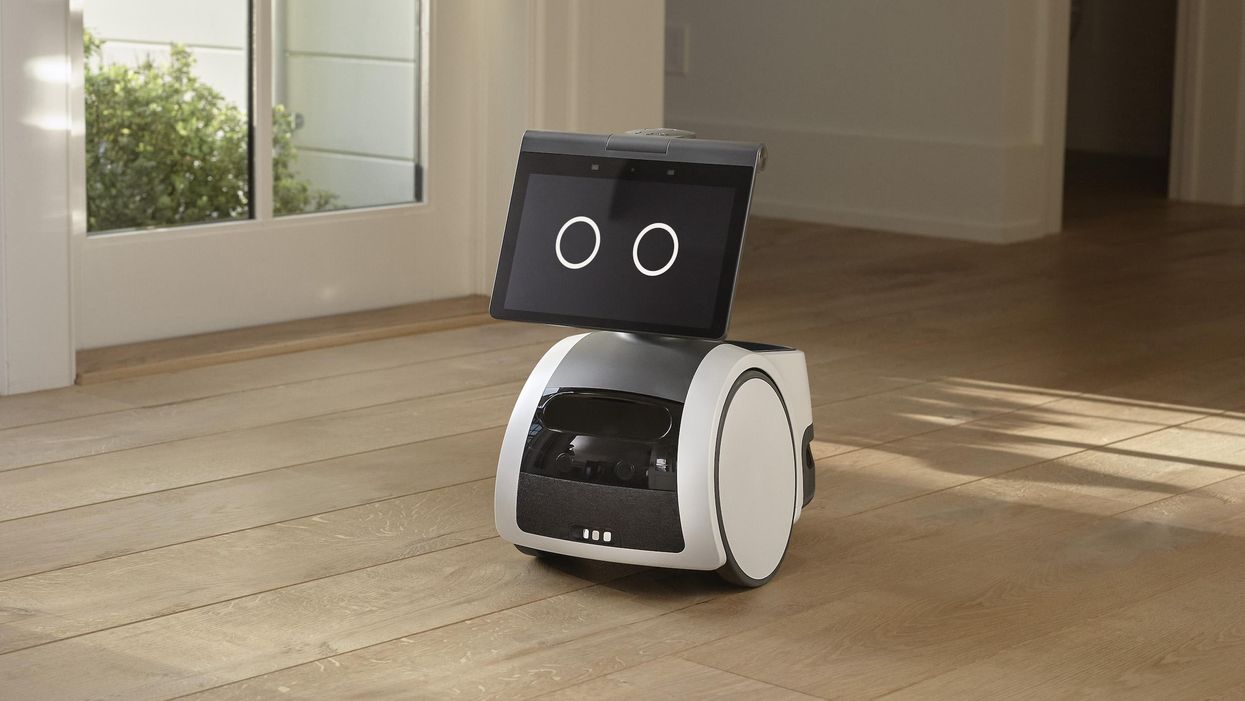Amazon’s Dave Limp, who runs the e-retailer’s hardware division, said the company’s jump into home robots this week started with a focus on security and then developed into a product that can also deliver a drink or take a video call.
“We wrote a document where we thought customers especially would like the security aspects of a home robot,” Limp told CNBC’s Jon Fortt in an interview that aired Friday on “TechCheck.” “It since has evolved to cover much more surface area than that, but that was the original kind of idea.”
Amazon has built an array of hardware devices over the years, from its early Kindle e-readers to modern tablets, voice-activated smart speakers and a smart TV. But its latest device, an Alexa-powered robot called Astro, may be its most ambitious yet.
Amazon unveiled Astro on Tuesday at its annual hardware event. The company started experimenting with robots in its own warehouses before eventually developing a consumer product. Limp said Amazon spent the past four years working on the device.
Astro is packed with sensors that allow it to navigate smoothly throughout the home and around objects, Amazon said. It includes two Qualcomm chips that power features such as visual ID, which enables it to recognize one user from another. Astro can patrol your home autonomously, answer commands and serve up reminders.
While Amazon has typically targeted the thrifty with its lower-cost Echo speakers and TV streaming sticks, the Astro starts at $1,000 for users who get an invitation for early access and will cost $1,500 for those who buy it at launch.
“We still find some of our highest volume products are the ones that are around $50,” Limp said. “That being said, some of these brands have been around for a while, and as that happens, customers ask us to add more features.”
Recent upgrades in smart-home technology such as sensors and processors allowed Amazon to consider launching an Alexa-powered robot, Limp added.
“The combination of that sort of got us excited about, well, we should get started on this,” he said.
Amazon still counts on e-commerce, cloud computing and now advertising for the bulk of its revenue, and it doesn’t break out device sales. The company generally views devices as a way to get consumers to use other services, such as Prime shipping or music and video streaming.

